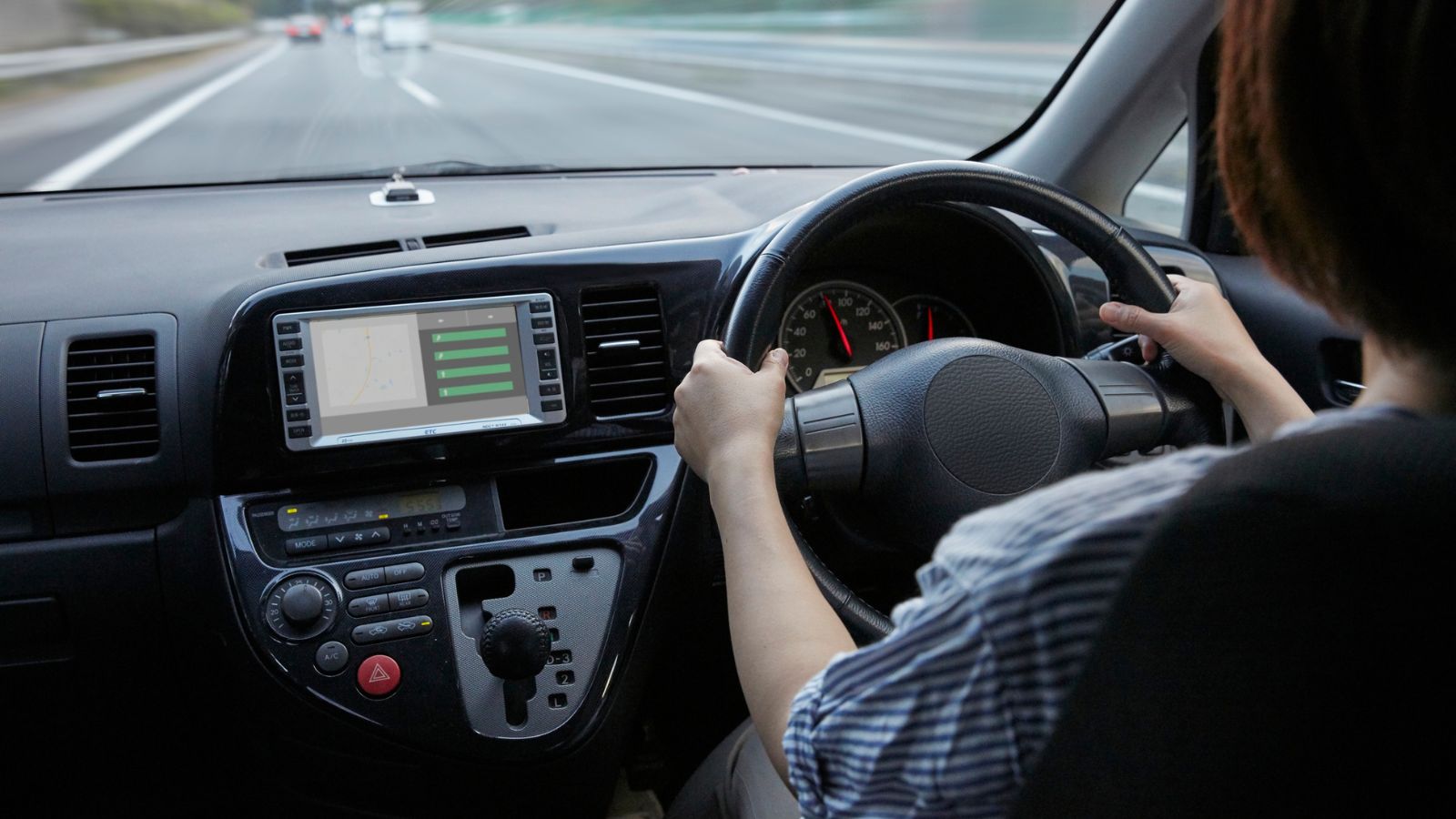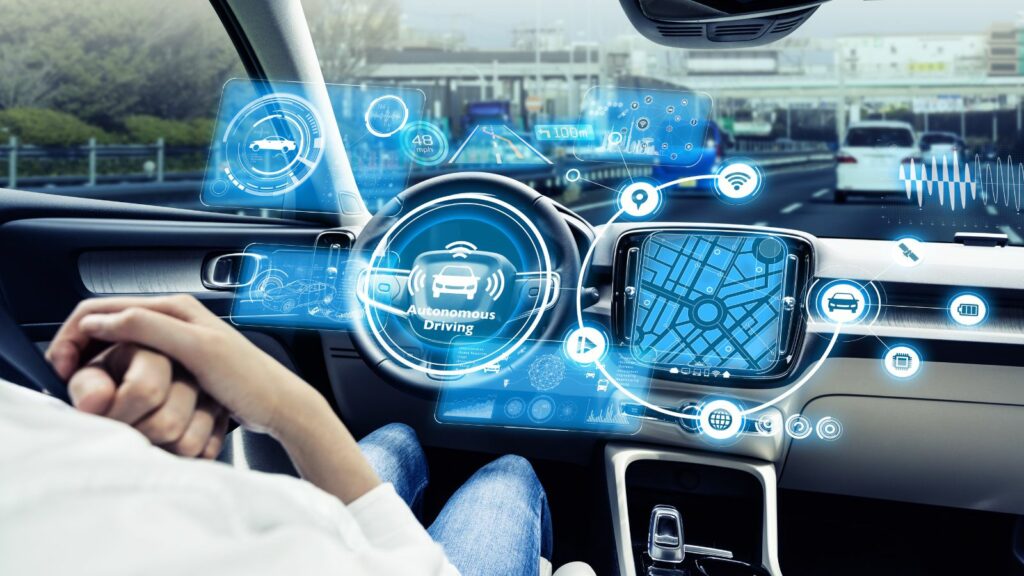Advanced Driver Assistance Systems (ADAS) have revolutionized vehicle safety, offering features such as lane departure warnings, automatic emergency braking, adaptive cruise control, and more. These technologies depend on precise sensor data and complex computations to support drivers and prevent accidents. However, the effectiveness of ADAS hinges on accurate calibration—a process that aligns sensors and cameras to ensure optimal system performance. This is where an ADAS calibration tool becomes essential.
This article explores how proper ADAS calibration enhances driving safety, prevents accidents, and why using the right calibration tools is critical for vehicle maintenance and repair.
Understanding the Role of ADAS in Modern Vehicles
ADAS technologies have become standard in most new vehicles, designed to assist drivers in making safer decisions and reducing human error—the leading cause of road accidents. These systems use cameras, radar, lidar, and ultrasonic sensors to monitor the environment around the vehicle, detect hazards, and react accordingly.
Whether alerting drivers to a potential collision, maintaining safe following distances, or helping keep the vehicle within its lane, ADAS components rely on accurate sensor data to function correctly. Any misalignment or sensor drift can compromise these safety features, increasing the risk of accidents instead of preventing them.
The Importance of ADAS Calibration
Calibration refers to the precise adjustment of ADAS sensors and cameras to ensure they correctly interpret real-world conditions. Vehicles undergo calibration initially during manufacturing, but subsequent events can disrupt sensor alignment. These include windshield replacements, suspension repairs, wheel alignments, or any collision repairs involving bumper or sensor areas.
An uncalibrated ADAS may result in incorrect distance measurements, faulty lane detection, or delayed emergency braking responses. This degradation diminishes the reliability of safety features and can create dangerous driving situations.
Utilizing a specialized ADAS calibration tool ensures that sensors are realigned according to manufacturer specifications. This alignment restores system accuracy and the intended protective functions.
How ADAS Calibration Prevents Accidents
When sensors are accurately calibrated, ADAS can provide timely warnings and interventions that help prevent collisions. For example, automatic emergency braking depends on detecting an obstacle ahead and activating brakes within milliseconds. Improper calibration may delay this response or fail to detect hazards.
Lane-keeping assist requires precise camera positioning to detect lane markings. Misalignment can cause false alerts or no alerts at all, increasing the chance of lane departure accidents.
Adaptive cruise control modulates speed based on the vehicle ahead; sensor errors here can lead to unsafe following distances.
By restoring sensor accuracy with an ADAS calibration tool, these safety mechanisms operate reliably, directly reducing the risk of accidents.

The Technical Process of ADAS Calibration
Calibrating ADAS involves several technical steps. Calibration tools interface with the vehicle’s onboard systems to access sensor data and command adjustments. Depending on the system, calibration may be static or dynamic.
Static calibration involves setting up target boards or patterns at precise distances and angles in a controlled environment. The calibration tool measures sensor responses to these targets, calculates discrepancies, and adjusts system parameters.
Dynamic calibration requires driving the vehicle while the tool records sensor performance in real traffic conditions. This method fine-tunes calibration under realistic scenarios, enhancing system accuracy.
Modern ADAS calibration tools integrate advanced software and diagnostics to facilitate these processes efficiently, helping technicians complete accurate calibrations quickly.
Real-World Implications of Poor ADAS Calibration
Accident investigations increasingly identify improperly calibrated ADAS as a contributing factor. Drivers may receive false warnings, miss critical alerts, or experience erratic system behavior, which can lead to dangerous decisions or delayed reactions.
For vehicle owners, this translates to compromised safety and potentially higher insurance premiums or liability risks. Repair shops that fail to calibrate ADAS after service may face legal consequences and damage to reputation.
Conversely, properly calibrated systems restore confidence in ADAS features, enabling drivers to rely on technology that truly enhances safety.
Choosing the Right ADAS Calibration Tool
Selecting an appropriate ADAS calibration tool is vital for service providers and technicians responsible for vehicle repairs. The market offers a range of options varying in capability, compatibility, and ease of use.
A quality calibration tool should support multiple vehicle makes and models, offer both static and dynamic calibration methods, and provide up-to-date manufacturer protocols.
User-friendly interfaces, comprehensive diagnostic features, and integration with vehicle service data enhance efficiency and reduce errors.
Investing in a reliable tool ensures that calibration meets stringent safety standards, maintaining the integrity of ADAS functions.
Integrating ADAS Calibration Into Routine Maintenance
ADAS calibration should not be seen as a one-time fix but as an integral part of vehicle maintenance, especially after any work affecting sensors or structural components.
Routine inspections can detect sensor misalignment before it affects system performance. Proactively using an ADAS calibration tool during such checks ensures that safety features remain fully functional throughout the vehicle’s life.
Educating vehicle owners on the importance of calibration after windshield replacements or suspension repairs further supports safer driving habits.
The Future of ADAS and Calibration Technologies
As vehicles move closer to full autonomy, ADAS systems will become increasingly complex and essential. Calibration technologies will evolve to handle more sensors and integrate with artificial intelligence for predictive maintenance.
Advanced calibration tools may enable remote diagnostics and calibration updates via connected vehicle platforms, reducing downtime and improving safety continuously.
Technicians and service centers that adopt the latest ADAS calibration tools will be better equipped to meet future demands and contribute to safer roads.
Conclusion: ADAS Calibration as a Cornerstone of Driving Safety
The integration of ADAS in vehicles has significantly improved road safety, but this technology’s effectiveness depends on precise calibration. A properly executed ADAS calibration using specialized tools restores sensor accuracy, enabling timely and reliable driver assistance.
Drivers, technicians, and vehicle owners must recognize the critical role of calibration in preventing accidents and improving overall driving safety. Investing in the right ADAS calibration tool and incorporating calibration into maintenance routines ensures that advanced driver assistance systems deliver on their promise to protect lives and reduce collisions.

